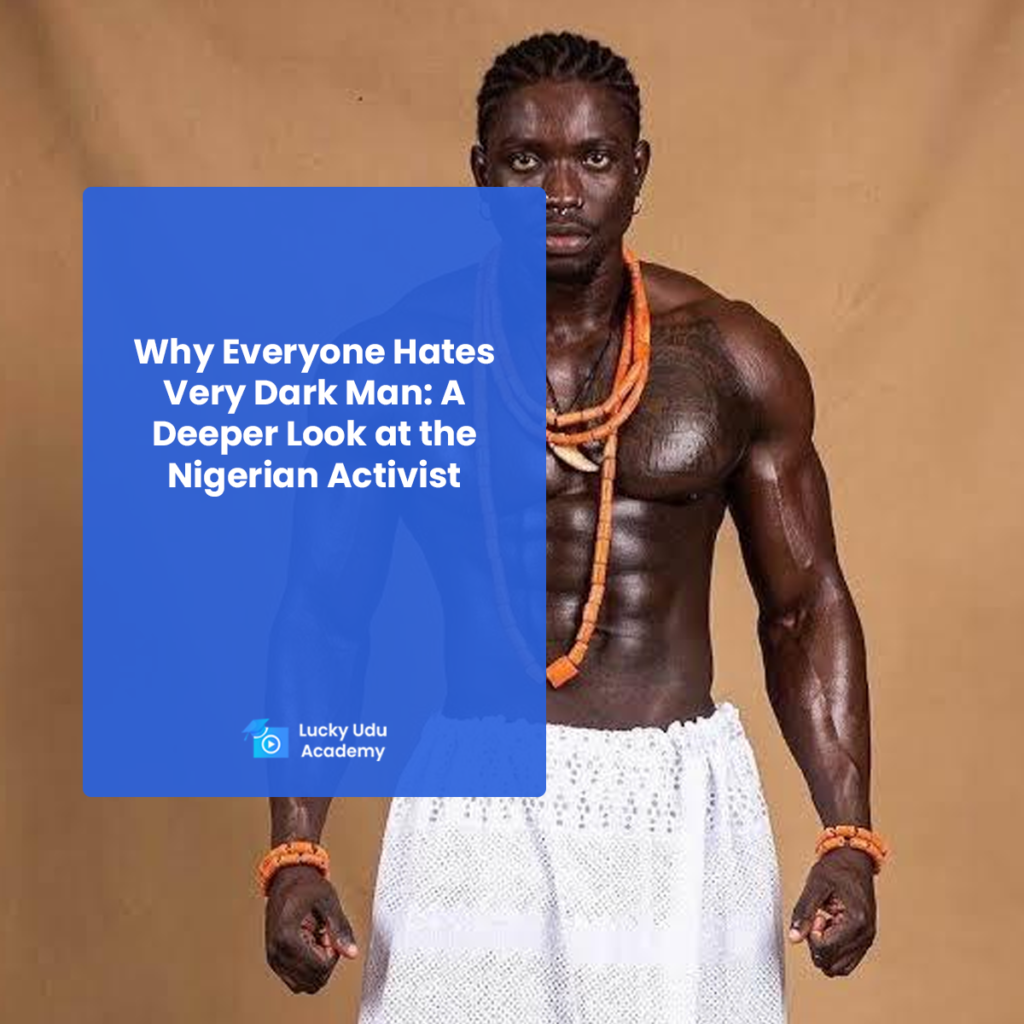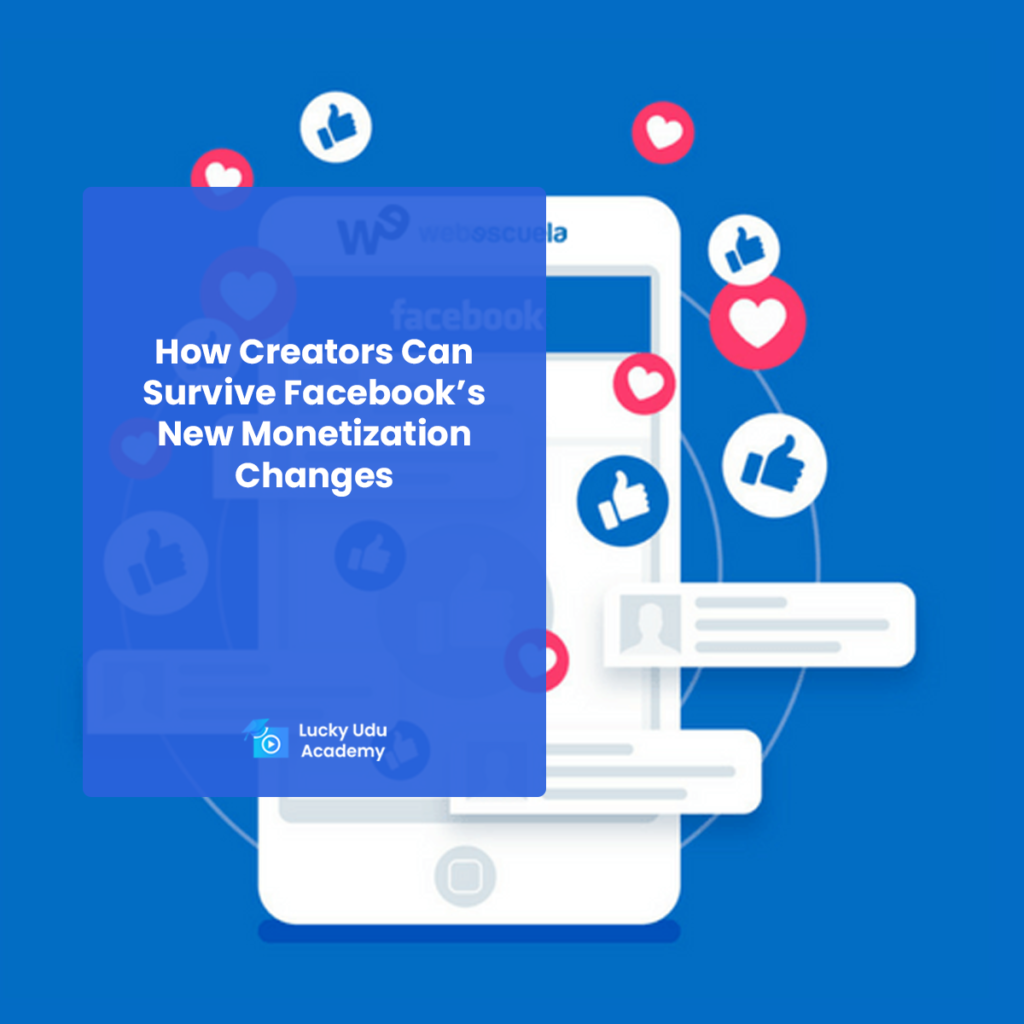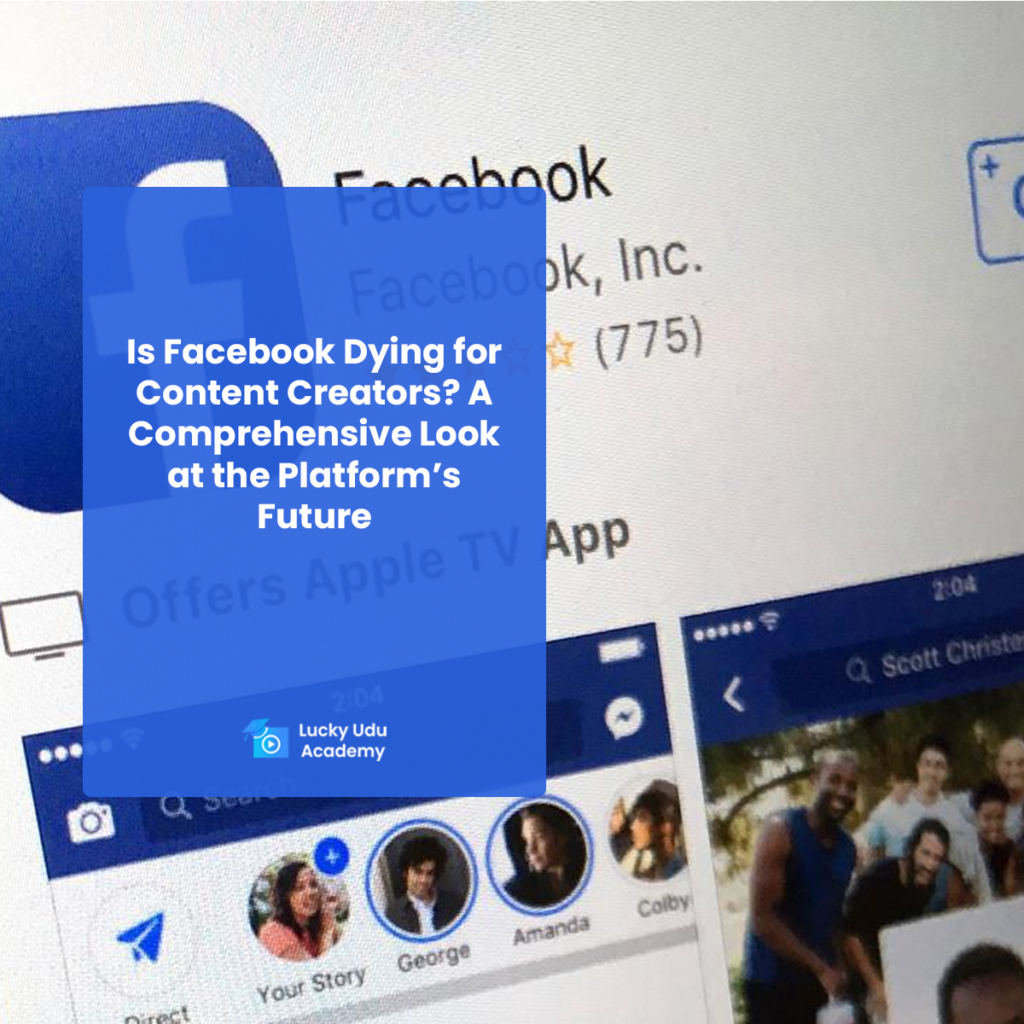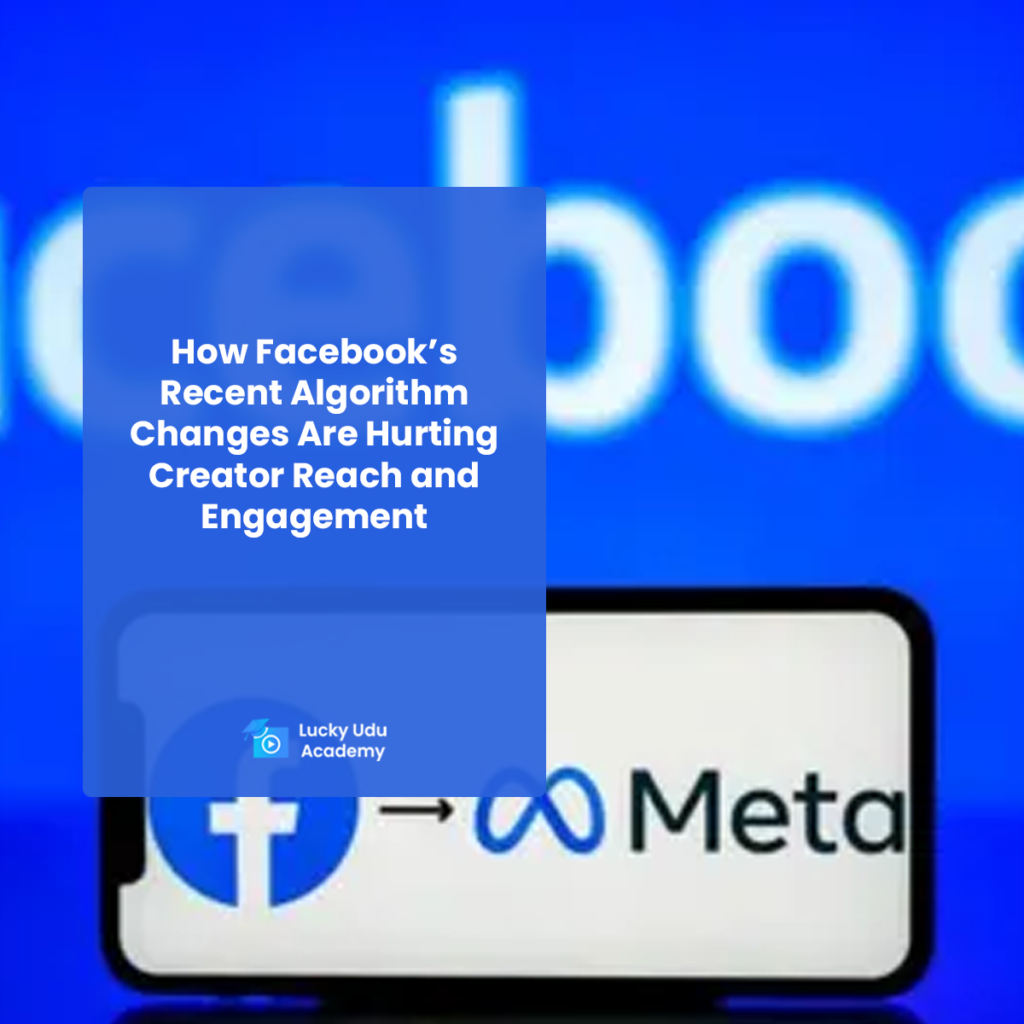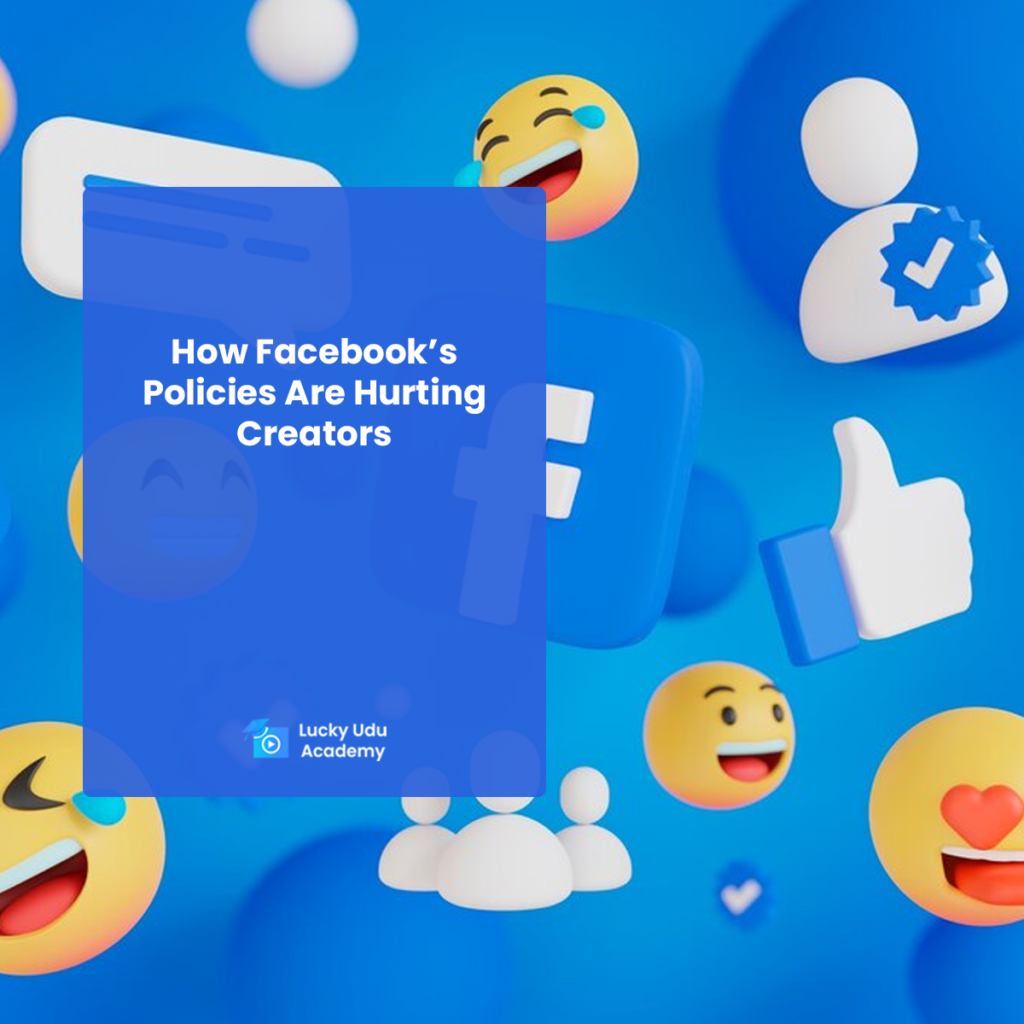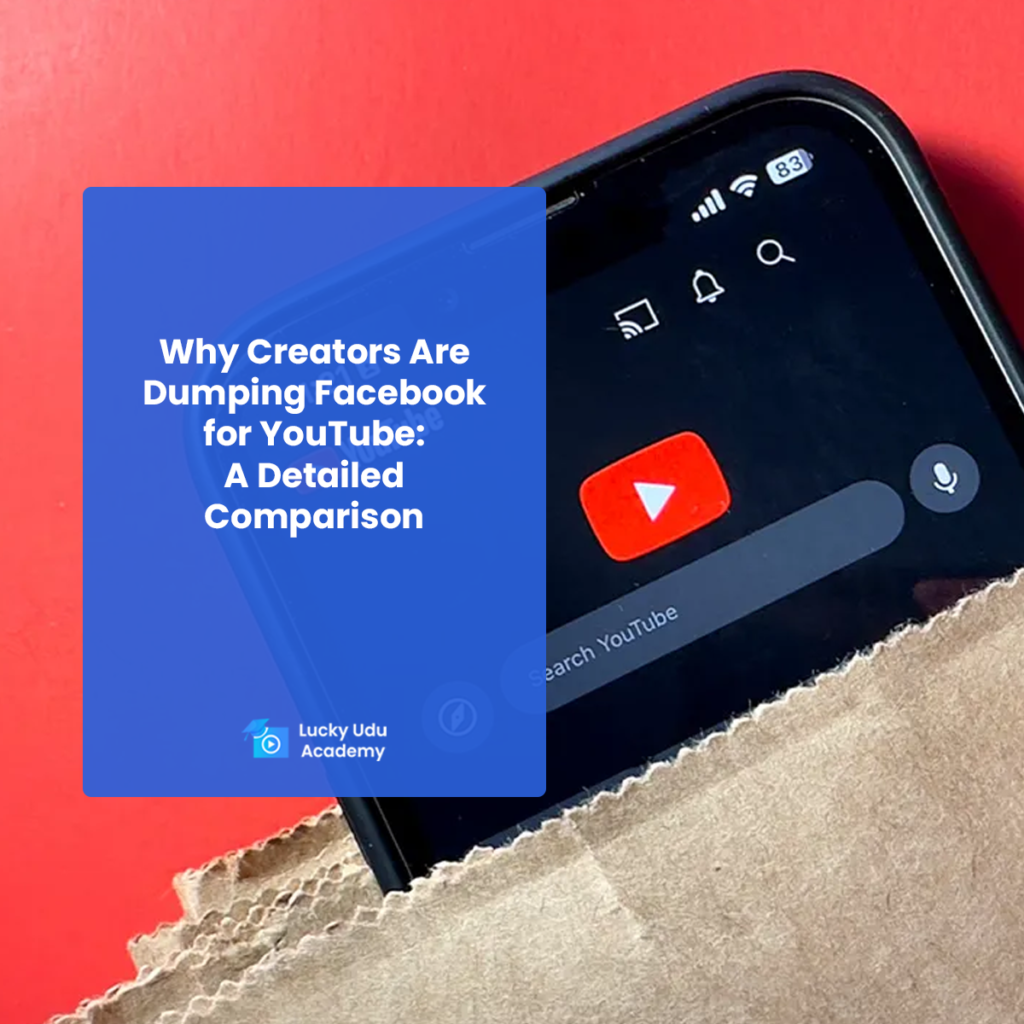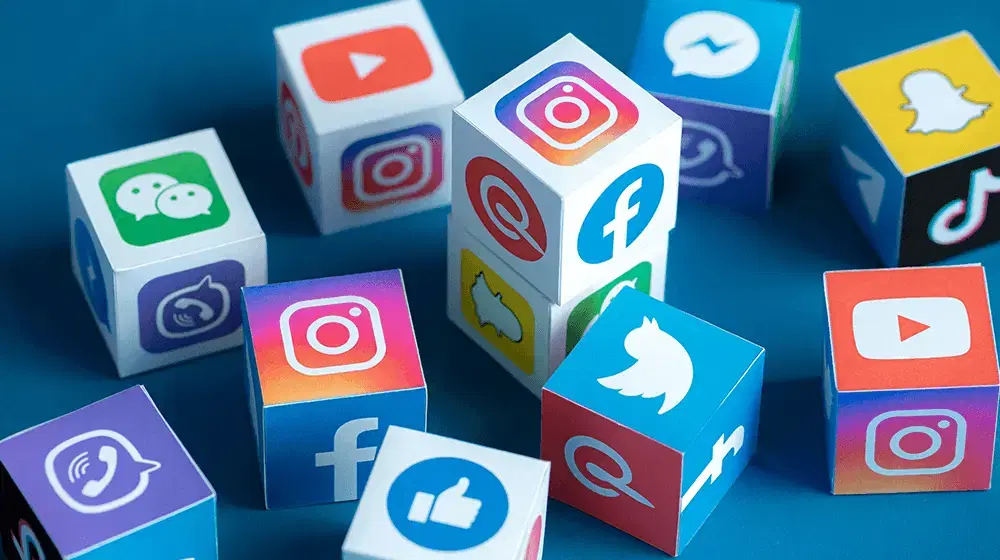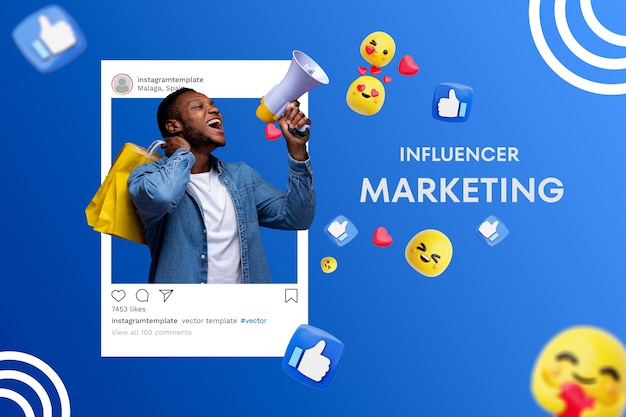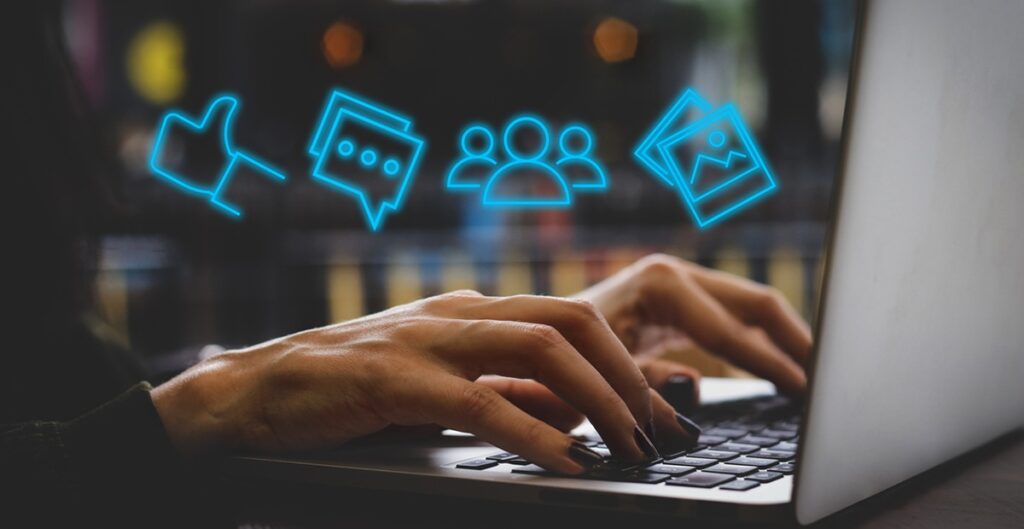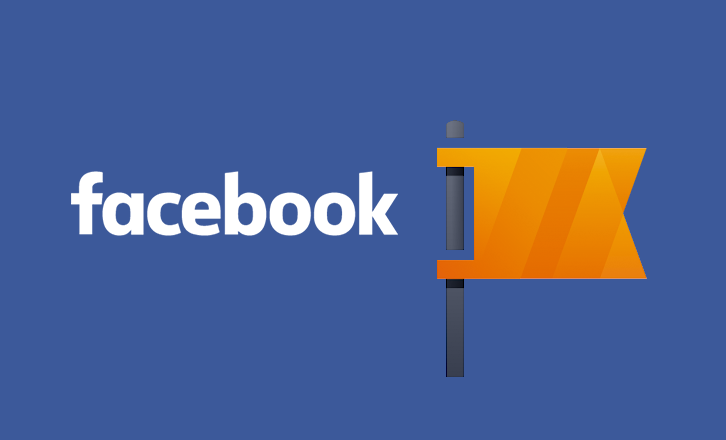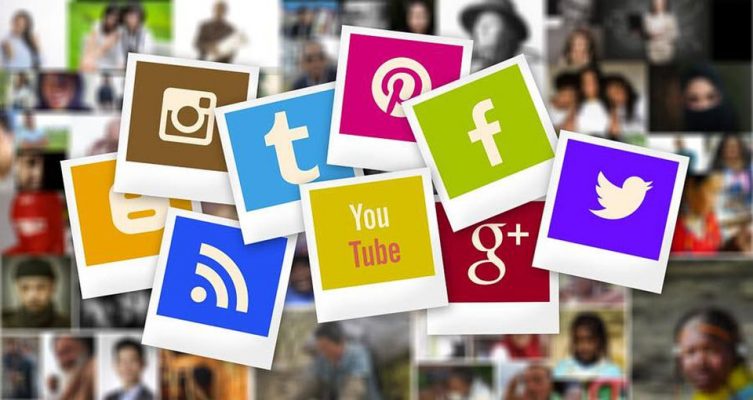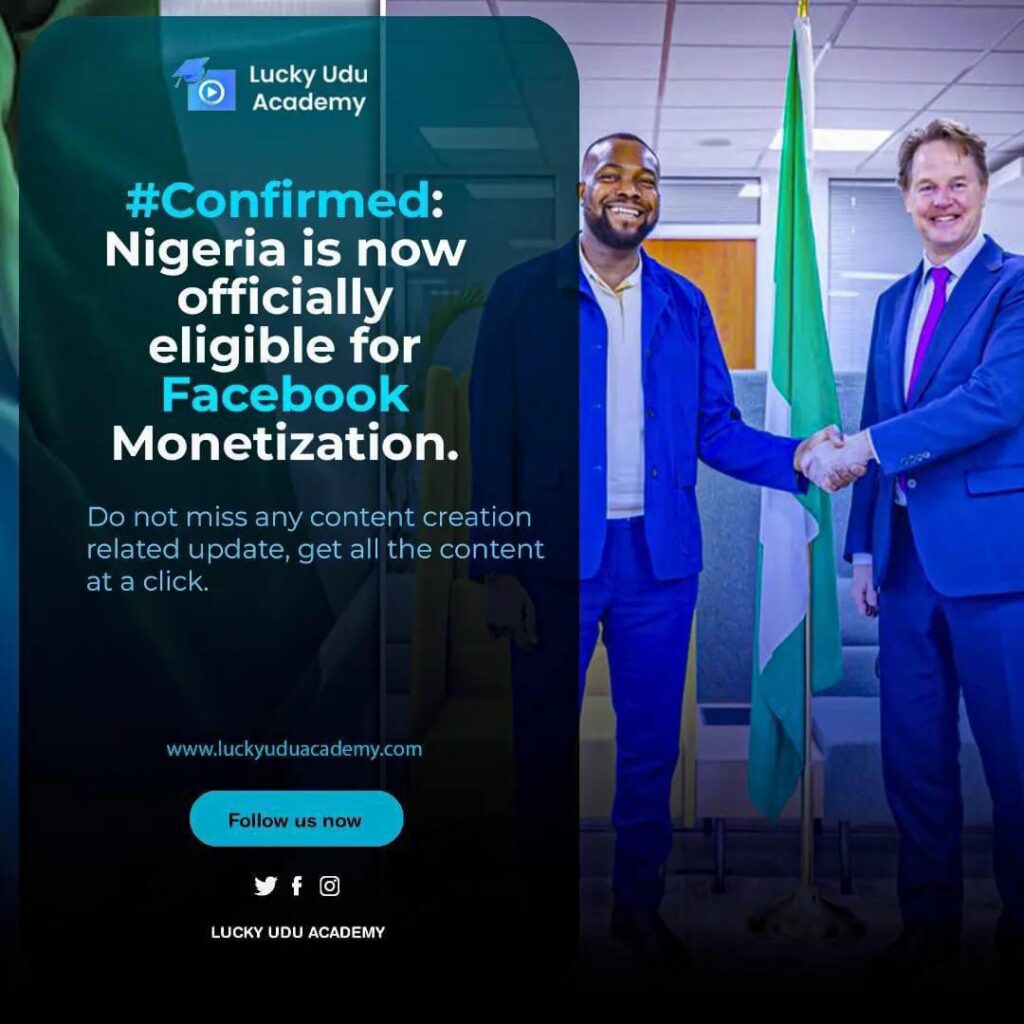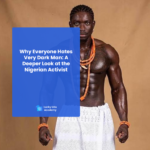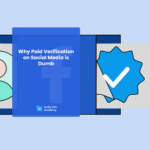Why Paid Verification on Social Media is Dumb
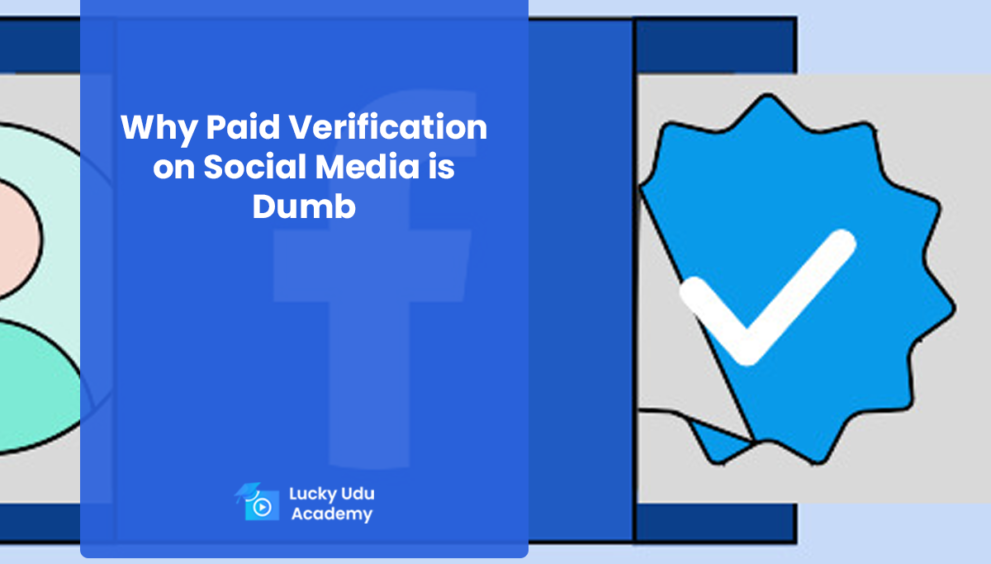
For some time now, social media platforms have introduced paid verification programs, allowing users to purchase the once-coveted blue checkmark next to their profiles. Originally intended to verify the authenticity of notable accounts, the move towards paid verification has sparked significant criticism. Here’s why many believe that paid verification is a misguided approach.
- It Undermines the Purpose of Verification
Verification was originally introduced to protect users from impersonators and ensure that high-profile accounts, such as public figures, celebrities, or major brands, were authentic. By allowing anyone to purchase verification, the integrity of the blue checkmark is diminished. The core idea behind verification—providing a trustworthy and reliable marker for notable individuals—becomes meaningless if anyone can simply buy it.
Example:
If a local business can buy a verification checkmark for a fee, it creates confusion for users trying to differentiate between established brands and small businesses. This blurs the lines of trust and reliability that verification once provided.
- It Prioritizes Wealth Over Authenticity
Paid verification introduces an elitist approach to social media, where those who can afford to pay for the blue check get the benefits, regardless of their authenticity or influence. This creates a divide where wealth determines visibility and trustworthiness, rather than credibility or contribution to the platform.
Example:
An individual with little to no public relevance can buy a blue checkmark simply by paying, while legitimate creators or small influencers without the financial means may struggle to get noticed.
- It Fosters Misinformation and Scams
Paid verification opens the door for bad actors to misuse the system. Scammers or impersonators can now pay to appear legitimate, which can mislead users into trusting them. In an era where misinformation and fake news are rampant, this could worsen the problem by providing seemingly verified, yet untrustworthy, sources with a platform.
Example:
A scammer can purchase a blue checkmark and pose as a trusted source, leading unsuspecting users to fall victim to fraudulent schemes or misinformation. This undermines the very security that verification was meant to provide.
- Diluted Prestige and Exclusivity
The blue checkmark once represented a certain level of prestige, serving as a recognition of one’s notability in a given field. By opening it up to anyone willing to pay, the exclusivity that came with verification is lost, turning it into just another feature for sale rather than a symbol of earned trust.
Example:
Verified accounts were once reserved for celebrities, influencers, and organizations of public interest. Now, even a regular person with no following or public significance can buy it, stripping away its original prestige and making the symbol less meaningful.
- It Feels Like a Cash Grab by Social Media Platforms
Many users view paid verification as a way for social media platforms to make easy money rather than serve the interests of the community. It’s seen as a monetization strategy that exploits users who want more visibility or credibility, while offering little real value in return.
Example:
Twitter, after being acquired by Elon Musk, introduced paid verification under Twitter Blue, which many users criticized as a revenue-generating scheme that didn’t offer meaningful enhancements for everyday users.
Conclusion
While paid verification might seem like a simple way for platforms to boost revenue, it undermines the core principles of authenticity, trust, and prestige that verification was originally meant to represent. Rather than democratizing social media, it creates new inequalities, dilutes the meaning of verification, and opens the door to potential scams and misinformation. For these reasons, many consider paid verification to be a misguided and ultimately damaging approach.

 English
English 
